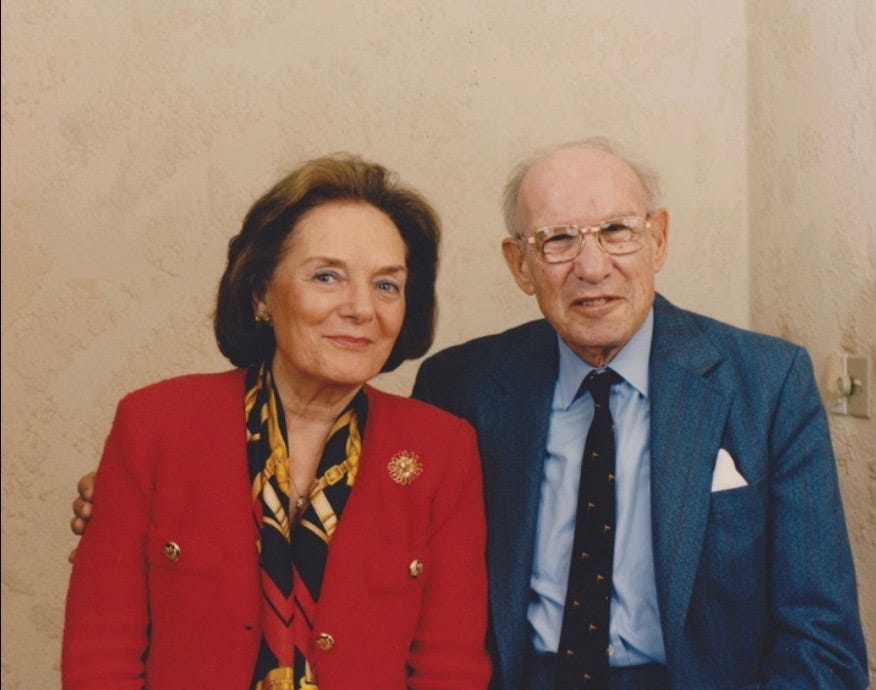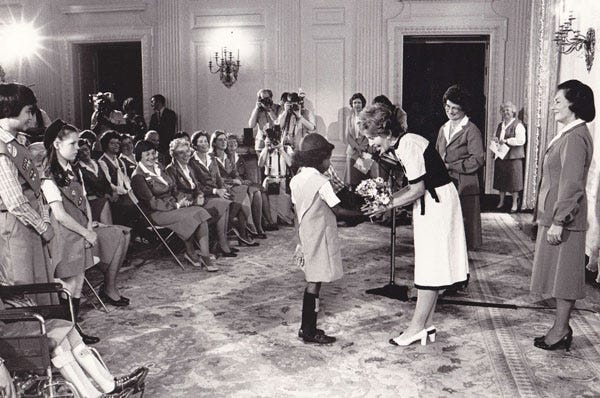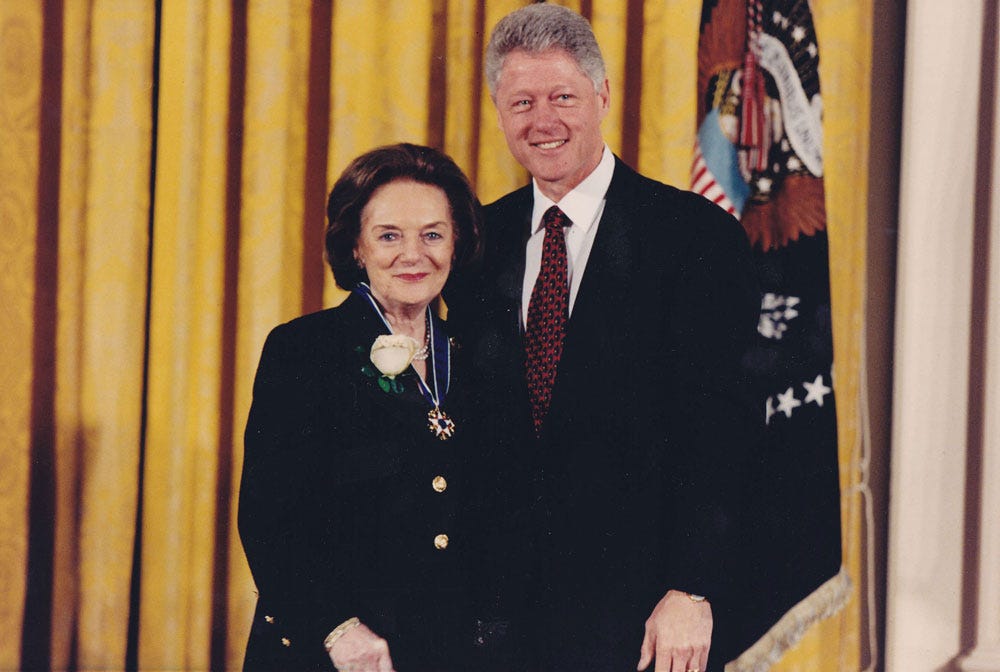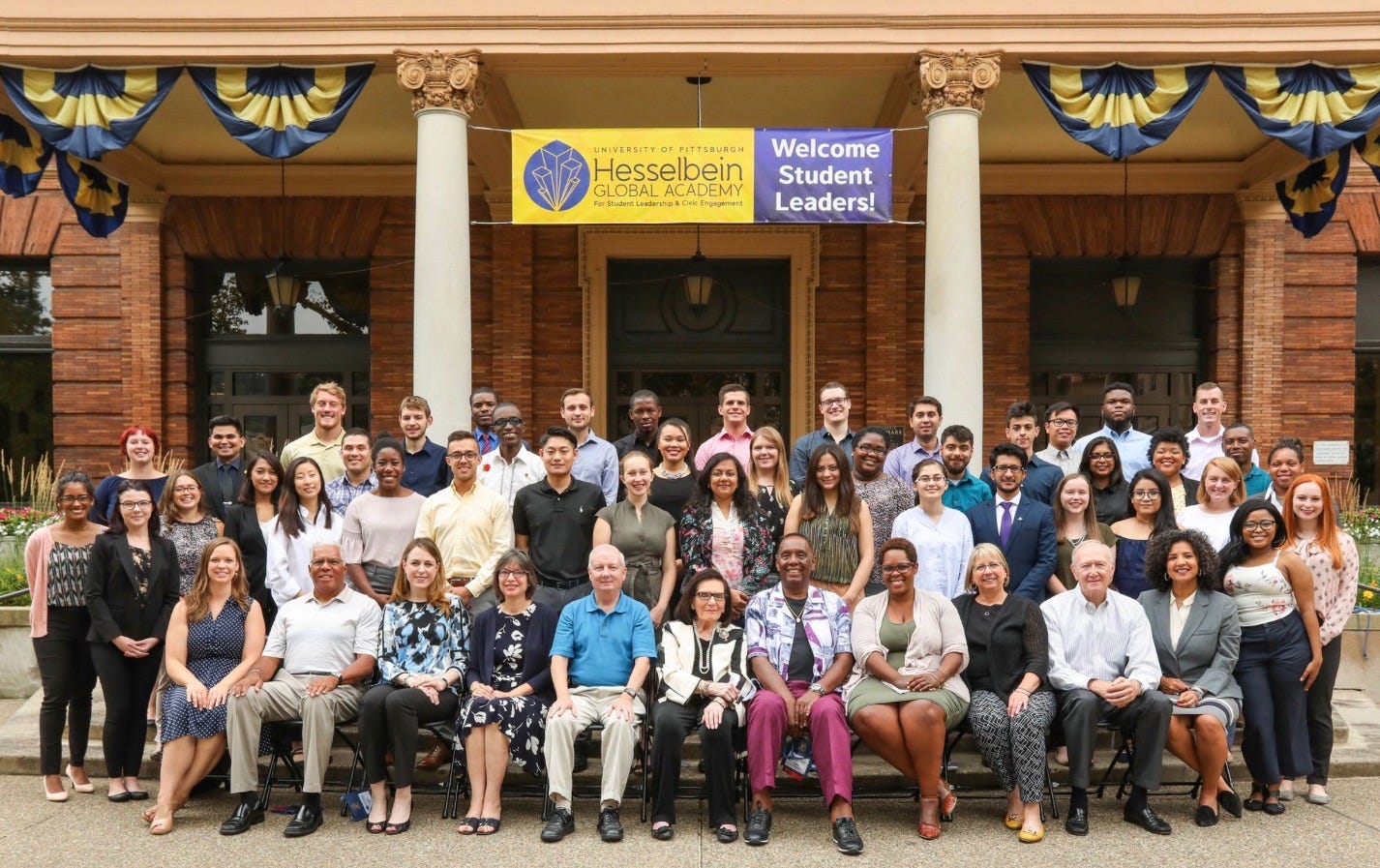
I was a citizen of “The Green Nation” during what has come to be known as The Betty Crocker Years, the decades when, almost exclusively, white, middle-class girls like me earned Merit Badges in things like Good Grooming, Sewing, and Housekeeping. But when I scoured the Girl Scout Handbook for Badges I might add to the empty expanse of green on my sash, I couldn’t help but wonder: What kind of girls could be earning Badges like Rambler and Troop Camper? No one in my troop in suburban Detroit had ever roughed it in the wilderness, and our troop leader mom’s idea of the “great outdoors”—with which I was in complete accord—didn’t extend much past a summer afternoon at the pool or on the tennis court.
I soon realized that the nearest I could ever come to an outdoor scouting adventure would be earning the Backyard Fun Badge, something available to girls unable or unwilling (I, alas, was both) to venture into the great outdoors.
Two friends and I went all in, determined to make our “fun” experience include as much “camping” as possible. We managed (no adult help was permitted) to erect a just sturdy enough DIY tent in my friend Leah’s backyard, ate something to which we added a few dandelions from her yard, and undertook the required projects (now long lost in my memory) necessary to earn our Badges. Then we spent the night sleeping on the ground on blankets, as no one we knew owned something as exotic as a “sleeping bag.” As the sun came up, we exalted in the fact that we could now call ourselves “Campers.” Sort of.
Thankfully, The Betty Crocker Years were swept into the dustbin of history in 1976 when Girl Scouts of the USA appointed a most unlikely new CEO in the form of Frances Hesselbein. She would transform that venerable institution and forever change how untold millions of girls and young women could envision their future.
Frances' involvement with scouting began with a desperate plea from a local Girl Scout leader in her hometown of Johnstown, Pennsylvania. Troop 17’s leader had up and left to become a missionary in India (that alone would have given me pause!), and there was no one to take her place. “Frances, would you consider temporarily stepping up as troop leader?”
Frances politely and repeatedly declined the offer, saying she was sorry, but as she only had a son, she didn’t know anything about how to shape little girls into model or modern American women. Plus, she added, she already had her hands full trying to help her husband in his photography studio.
But Frances’ conscience stirred and nagged. The thought of 30 Third and Fourth Grade girls sitting broken-hearted in the basement of the Second Presbyterian Church changed her mind. She agreed to stay for six weeks, surely long enough to find a more suitable replacement.
Frances stayed until the girls graduated from high school.
When Indiana University’s Tobias Center for Leadership Excellence’s Oral History Project asked her how eight years with Troop 17 in the 1940s equipped her to become the person Peter Drucker deemed “America’s best CEO,” Frances replied: “It was the greatest leadership training I ever had. You can’t work with a group of thirty little girls, ten years old, and talk about values and have them respond, and not live them…what I learned was the power of mission, knowing why we do what we do.”

Frances’ gifts as a leader did not go unnoticed. She served on the Girl Scouts’ National Board of Directors and as Executive Director of Western Pennsylvania’s Talus Rock Girl Scout Council. Then, in 1976, when the job of CEO of Girl Scouts of the USA came vacant, Frances received a phone call asking if she would come to New York City and interview for the job.
Absolutely not! was her first reaction.
Only after her husband John insisted it was the perfect job for her, did she agree to go. But Frances considered it a pipe-dream. She was certain her chances of actually getting the job were near zero, as the Girl Scouts had never in its 64-year history promoted from within the organization. And there was no way her résumé could compete with those of other candidates or previous CEOs. The CEO who was set to step down, Dr. Cecily Cannan Selby, had a Ph.D. from MIT and had been a top cancer researcher and instructor at Cornell Medical School. Another former CEO, Capt. Dorothy C. Stratton, was the first woman commissioned as an officer in U.S. Coast Guard, and the first director of personnel for the International Monetary Fund. Frances had dropped out of junior college at sixteen and sacrificed her dream of studying poetry at Swarthmore to help support her mother and family after her father’s unexpected death.
So with nothing to lose, Frances strode into the interview and, when asked, told the search committee exactly what needed to be done; and would be done, were she in charge. The first thing that had to go would be the organization’s hierarchical style of management, which she’d replace with Peter Drucker’s circular management of widely distributed responsibility. Also, the organization would commit—really commit—to diversifying both its membership and leadership. Furthermore, she’d create four new handbooks, heavy on science, technology, engineering, and math.
Later that same day, when her husband asked her how the interview had gone, as Frances told IU’s Oral History Project: “I said it was fun and they were appreciative and I knew nothing would come of it.”
Two days later, Frances was offered the job.
Now the question she asked herself was: Should I accept the offer?
In her 2011 memoir, My Life in Leadership, Frances discussed how we’re all presented with transformative opportunities and inflection points, and how her maternal grandmother, “Mama Wicks,” taught Frances to “recognize your call, your gift, and your purpose, at different points in your life.” Not attending Swarthmore was one such defining moment. Another was agreeing to lead Troop 17 when she was 27 years old. Now, at age 61, at a time when most professional working men and women were at least thinking about retiring, Frances realized this was perhaps her biggest Moment, the biggest fork in the road of her life. But it would require the exact opposite of retirement. It would require her to work like she’d never worked before.
To serve as she’d never served before.
She accepted.
She planned on being CEO for perhaps three years, the time she thought she’d need to transform the organization.
She stayed thirteen.
She needed thirteen. The organization Frances helmed was in desperate need of change. Overwhelmingly white and middle-class, it was really struggling to be relevant in a time of social upheaval and awakening feminism. She began by incorporating many of Drucker’s leadership principles, key among them that leadership must be based on ethical principles of Right versus Wrong behavior.
Behavior, not words. Action, not just talk.
Embracing Drucker’s belief that a powerful mission statement should have fewer than 10 words, Frances led a team that created a mission statement for the future:
“To help each girl reach her own highest potential.”
Marketing materials with a contemporary flair were created in Spanish. Harvard Business School created a professional training program for Scout leadership. Frances’ mantra of continuous improvement, coupled with her infectious optimism (“My blood type is B-Positive,” she once said, "and that is very important to me”), created a cultural buzz and atmosphere of confidence that stimulated shoots and buds of innovation throughout The Green Nation. Her fresh approach to coaching, facilitating, and role-modeling was turning heads, and rapidly redefining the Best Practices in management.
Diversifying the membership of the Girl Scouts was a top priority for Frances. As such, she got deeply involved. When a goal is mission-critical, as expanding inclusion was for her, the CEO getting involved is not micro-management—but essential leadership.
Frances made certain the artists working on the new Girl Scout handbooks included images that would allow any girl (even, as she often said, “an indigenous girl near an ice floe in Alaska”) to imagine herself in a Scout uniform. As she explained in an interview with Lean In: “If we value diversity and inclusion, then we must ask, ‘When they look at us, can they find themselves?’ This is the powerful question that uncovers whether an organization practices what it preaches. If the response is a resounding ‘Yes,’ then indeed the organization is a viable, relevant organization of the future. We asked ourselves that question at the Girl Scouts of the USA, and the result was that in a few years we more than tripled racial and ethnic representation at every level across the organization.”
But Frances' determination to diversify the Girl Scouts immediately prompted push-back from certain “business leaders.” They warned her that she was going too far, too fast, and she risked losing corporate donations.
Frances responded by devising a rebutting case study, and enlisting John Creedon, then the new president of Metlife, to chair a capital campaign. Together they raised the $10 million needed to transform what had been derelict campground facilities in Westchester County, New York, into a modern, multi-purpose complex now known as Edith Macy Center, which hosts myriad conferences and workshops not only for the Girls Scouts but for corporations and a multitude of organizations.
Upon her retirement in 1990, GSA membership had grown by 250,000 to 2.3 million. Minority membership had more than tripled, to 15.5%. She'd created an entirely new branch—the Daises, so girls as young as five could join The Green Nation, and not have to wait until they were six to join the Brownies. Volunteer involvement had soared to 130,000. The famous Girl Scout Cookies had become a staple of American culture, and the envy of other non-profit social service organization; sales topped $300 million. Scouts could now earn Badges in binary code, there were career pamphlets in STEM (science, technology, engineering, and math), and programs in telecommunications and marine biology.

When Time, Fortune, BusinessWeek and others asked her “How did you do it?!,” she’d always pivot from accomplishments to character. “Leadership is a matter of how to be, not how to do.”
As she told Lean In: “We can preach mission and values, put them on a plaque on the wall and print them in an annual report, yet unless we live them every day of our lives, we fail. The people we work with watch us closely, and when we embody our mission and values in all we say, all we do and how we lead, the result is a highly motivated, highly productive workforce. We light the fire in our colleagues. However, if we speak one way yet lead, behave and act in the opposite way, the result is a dispirited, unmotivated and unproductive workforce. No fire, just getting by.”

Not long ago, an international student attending the University of Pittsburgh’s Hesselbein Global Academy said to Frances: “Ms. Hesselbein—you’ve changed the fabric of society!”
Her response: “I’ve been busy.”
Despite having been a Girl Scout in The Betty Crocker years, my time proudly wearing that green uniform did leave me with invaluable life lessons. How to set a goal and work hard to achieve it, whether it was a Badge in First Aid or Backyard Fun. Learning the power of teamwork as we planned our troop’s annual cookie sale, and, in my career as a publicist, drawing upon a skill set developed while trying to sell Thin Mints to reluctant neighbors. Being part of an organization that prioritized values and emphasized fair play and kindness. Those are lessons that stay with you for a lifetime.
Thank you, Frances. You will forever live in the hearts of the tens of millions of Girl Scouts you helped, and the hundreds of millions who were touched in some other way by your profound sense of Service for the Greater Good.
Lucinda Dyer has interviewed and promoted authors (the famous, infamous, and yearning to be famous) for more than 30 years. A former Publishers Weekly Contributing Editor, she currently reviews books for Common Sense Media. During her years as a freelance book publicist, her clients included New York Times bestselling authors, Pulitzer Prize winners, renowned explorers, historians, and cultural trendsetters. Lucinda lives just outside Nashville where she’s a partner in Nodebud Authors, a web design firm focusing on the literary world.




Superb piece. Thank you Lucinda. I particularly loved the living out leadership points!